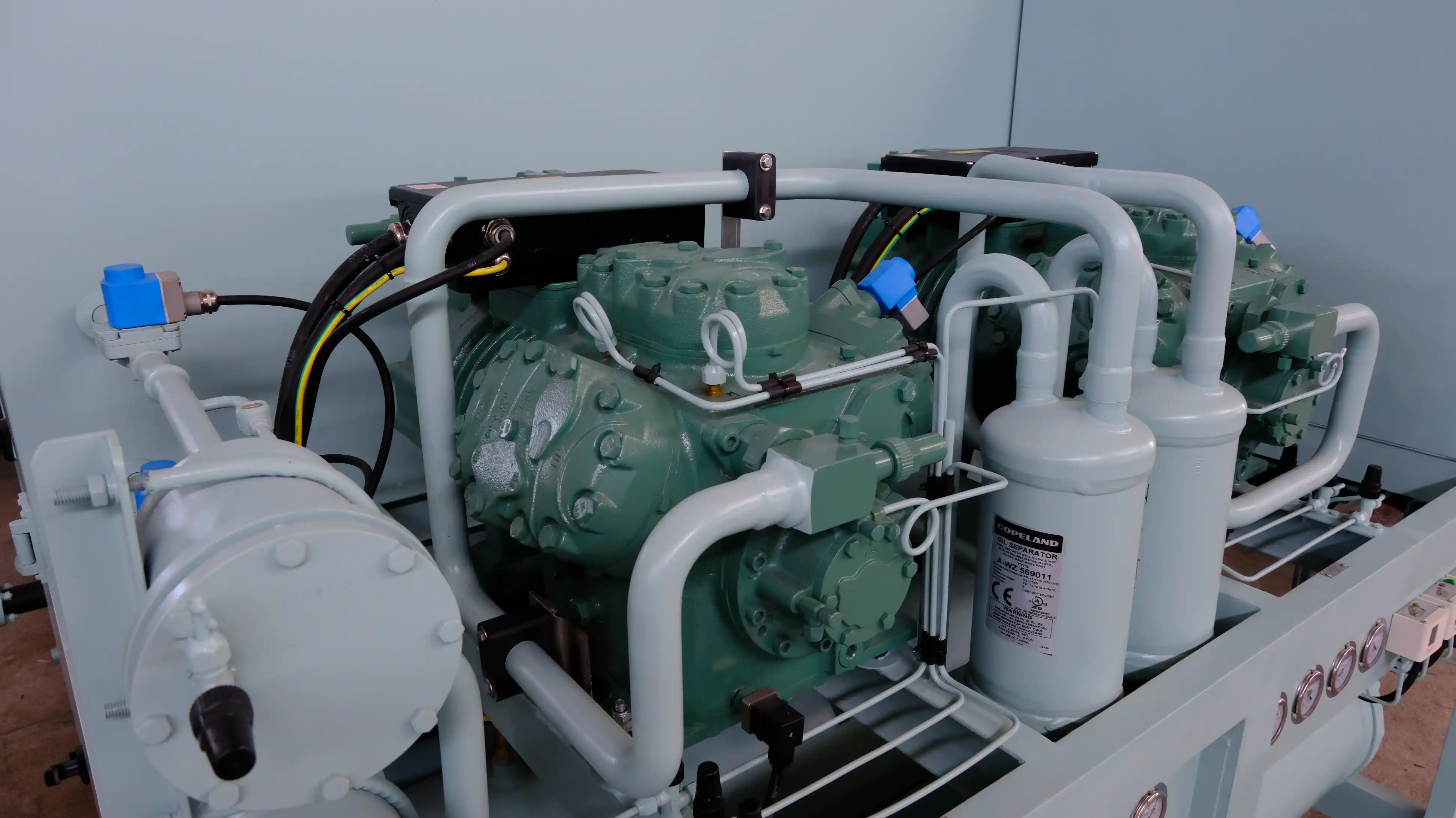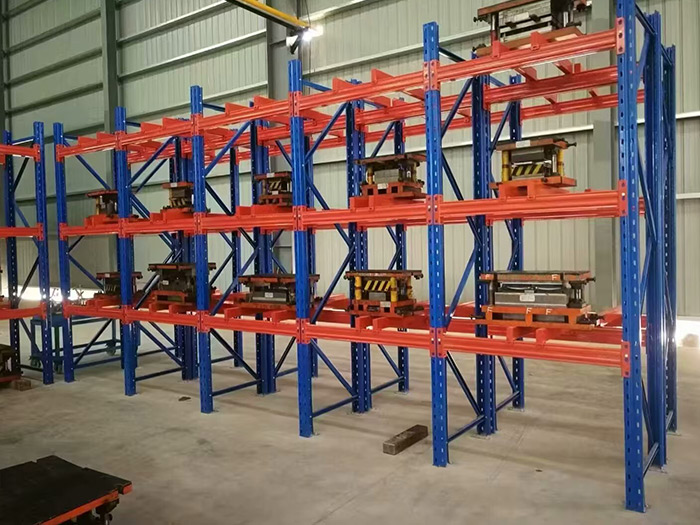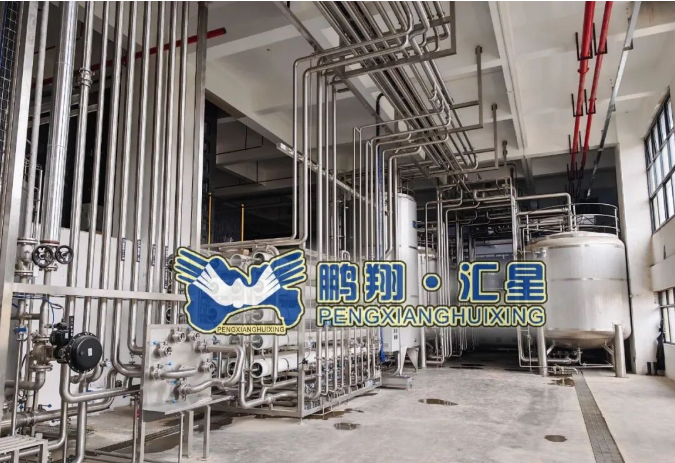Unveiling the Best Printers for High-Quality Architectural Blueprints: A Comprehensive Guide
In the realm of architecture and design, the precision and clarity of printed materials are paramount. Architectural blueprints, which serve as the backbone of any construction project, require a printer that can deliver high-quality outputs with exceptional detail. This article delves into the types of printers commonly used for producing architectural blueprints, their features, and the factors to consider when selecting the right printer for your needs.
Understanding the Importance of Quality in Architectural Printing
Architectural blueprints are more than just technical drawings; they are essential communication tools that convey complex ideas and specifications. The quality of these prints can significantly impact the interpretation of designs by contractors, clients, and regulatory bodies. Therefore, investing in a high-quality printer is crucial for architects and designers who wish to maintain professionalism and accuracy in their work.
Types of Printers for Architectural Blueprints
When it comes to producing high-quality architectural blueprints, two primary types of printers are commonly used: inkjet printers and laser printers. Each has its unique advantages and is suited for different printing needs.
- Inkjet Printers
Inkjet printers are widely favored in the architectural field due to their ability to produce vibrant colors and intricate details. They utilize liquid ink, which allows for smooth gradients and fine lines, making them ideal for detailed drawings and color renderings.
Key Features of Inkjet Printers:
- High Resolution: Many inkjet printers offer resolutions of up to 4800 x 2400 dpi, ensuring that every detail of the blueprint is captured.
- Wide Color Gamut: Inkjet printers can reproduce a broader spectrum of colors, which is beneficial for presentations and client meetings.
- Versatility: They can print on various media types, including glossy paper, canvas, and even fabric, allowing for creative presentations.
Recommended Models:
- Canon imagePROGRAF Series: Known for their exceptional color accuracy and detail, these printers are a favorite among architects.
- Epson SureColor Series: These printers are designed for high-volume printing and offer excellent durability and quality.
- Laser Printers
While inkjet printers excel in color reproduction, laser printers are often preferred for black-and-white architectural blueprints due to their speed and efficiency. They use toner to produce sharp, crisp lines, making them ideal for technical drawings.
Key Features of Laser Printers:
- Speed: Laser printers can produce prints quickly, making them suitable for high-volume printing needs.
- Cost-Effectiveness: They are generally more economical for black-and-white printing, especially for large formats.
- Durability: Prints produced by laser printers are often more resistant to smudging and fading over time.
Recommended Models:
- HP DesignJet Series: These printers are known for their reliability and ability to handle large-format prints efficiently.
- Brother HL-L8360CDW: A robust option for those needing high-quality color prints at a lower cost.
Factors to Consider When Choosing a Printer
When selecting a printer for architectural blueprints, several factors should be taken into account:
- Print Size
Architectural blueprints often require large-format printing. Ensure that the printer you choose can accommodate the sizes you typically work with, such as A0, A1, or A2 formats.
- Print Quality
Look for printers that offer high resolution and color accuracy. This is particularly important for color renderings and detailed drawings where precision is critical.
- Speed and Volume
Consider how often you will be printing and the volume of prints required. If you frequently produce large quantities of blueprints, a printer with high-speed capabilities will save you time and increase productivity.
- Cost of Ownership
Evaluate not only the initial purchase price but also the cost of consumables such as ink or toner, as well as maintenance costs. A printer that seems affordable upfront may have higher ongoing costs.
- Connectivity and Software Compatibility
Ensure that the printer is compatible with the software you use for design and drafting, such as AutoCAD or Revit. Additionally, consider connectivity options like Wi-Fi, Ethernet, or USB for seamless integration into your workflow.
Conclusion
In conclusion, the choice of printer for producing high-quality architectural blueprints is a critical decision that can influence the success of your projects. Whether you opt for an inkjet or laser printer, understanding the specific needs of your work and the features of various models will help you make an informed choice. By investing in a reliable printer that meets your requirements, you can ensure that your architectural designs are communicated with the clarity and professionalism they deserve.




